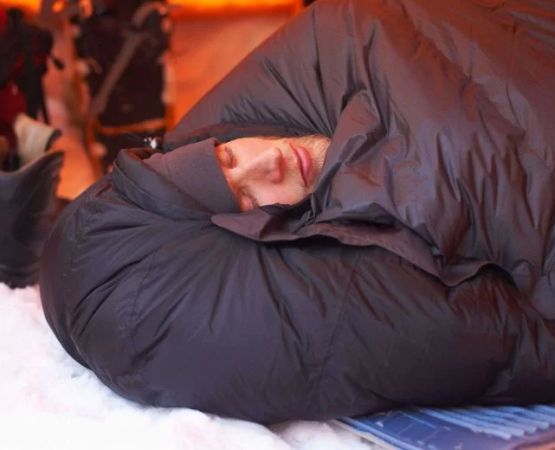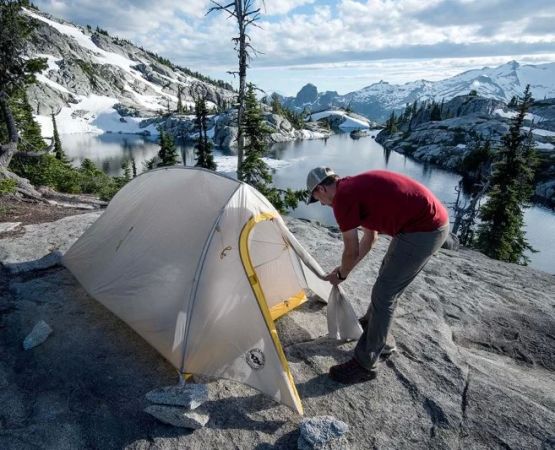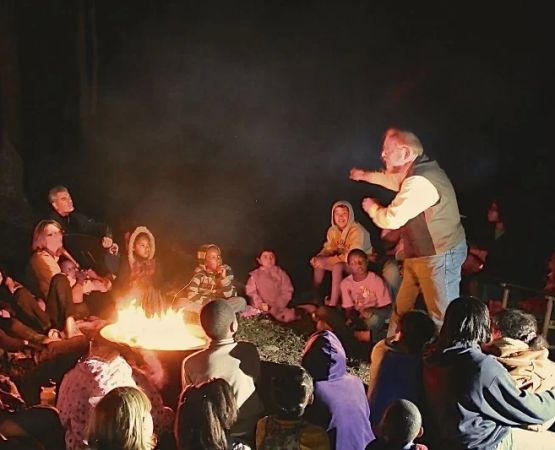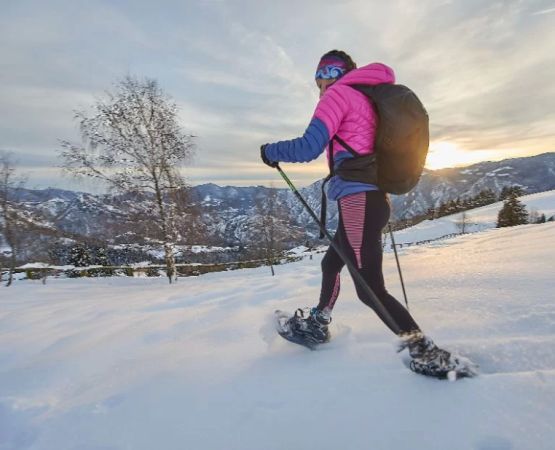- tips-for-finding-the-best-campsite-for-stargazing-and-celestial-events
- how-to-choose-a-location-with-dark-skies-and-low-light-pollution
- weather-accessibility-and-elevation-considerations
- best-times-of-year-and-events-worth-planning-for
- what-to-pack-and-what-makes-a-spot-special-for-stargazers
- personal-stories-and-how-to-get-the-most-from-your-night-under-the-stars
1. Tips for Finding the Best Campsite for Stargazing and Celestial Events
Finding the perfect place for stargazing and celestial events isn’t just about pitching a tent—it’s about positioning yourself in the right place at the right time. Whether you're chasing meteor showers or craving a peaceful night under the stars, the quality of your experience depends largely on location, weather, and preparation.
Over the past few years, stargazing has become more than a hobby—it’s a form of therapy, especially for city-dwellers seeking to reconnect with the night sky. To help you make the most of your adventure, we’ll explore the factors that truly matter when choosing a campsite. And if you're not sure where to begin, Pine Cliff Resort offers exceptional stargazing grounds, clear skies, and curated camping amenities.
2. How to Choose a Location with Dark Skies and Low Light Pollution
2.1 Why Light Pollution Kills the Magic
The biggest enemy of stargazing is artificial light. Cities emit light that scatters in the atmosphere, washing out stars and dimming meteor trails. That’s why the most sought-after campsites for celestial viewing are located far from urban centers, ideally rated Bortle Class 1 or 2 on the dark-sky scale.
2.2 Dark Sky Maps and Where to Look
Use online dark sky maps or mobile apps like Light Pollution Map to scout areas with minimal interference. National parks, elevated plateaus, and remote forest clearings are usually good bets. Places like Skardu, Deosai, and Chitral in Pakistan, or Moab and Big Bend in the U.S., are known favorites.
2.3 Look for Certified Dark Sky Reserves
Some destinations are officially certified as “Dark Sky Parks” by organizations like the International Dark-Sky Association. These places actively preserve natural night environments and often host astronomy events or offer guided telescope tours.
3. Weather, Accessibility, and Elevation Considerations
3.1 Why Weather is a Deal-Breaker
Even the darkest sky is meaningless if it’s covered in clouds. Check long-range forecasts, humidity levels, and moon phases before finalizing your trip. Dry, clear nights with low humidity offer the crispest visibility.
3.2 Elevation Adds Clarity
Higher altitudes mean thinner atmosphere and less atmospheric distortion. Mountain campsites often give you a better view of the Milky Way and reduce light pollution from surrounding valleys. However, keep in mind that elevation also brings lower temperatures.
3.3 Access and Terrain
Choose a campsite that is not only accessible by car or light hike but also safe to reach at night. Avoid sites near highways or populated trails, as headlights or campfires nearby can diminish the quality of your viewing.
Many seasoned campers suggest starting at scenic locations like Pine Cliff Resort, which balances accessibility with seclusion—offering a safe, well-maintained environment designed for skywatchers.
4. Best Times of Year and Events Worth Planning For
4.1 Meteor Showers and Planet Alignments
From the Perseids in August to the Geminids in December, annual meteor showers are the main events for night-sky lovers. You can also catch planetary alignments, lunar eclipses, and even the rare aurora in northern latitudes if you plan right.
4.2 Avoiding the Full Moon
While beautiful, a full moon can overpower the faint stars. If your goal is deep-sky observation, plan your trip around a new moon or crescent phase.
4.3 Check Astronomical Calendars
Use tools like Stellarium or the Sky Guide app to preview celestial events. These apps help identify constellations, set reminders, and even forecast stargazing potential based on your chosen location.
5. What to Pack and What Makes a Spot Special for Stargazers
5.1 Essential Gear
A telescope isn’t a must, but binoculars with a tripod can enhance the experience. Bring a red-light flashlight to maintain night vision, a thermal mat or sleeping bag for warmth, and a reclining chair for comfort during long viewing sessions.
5.2 Ambient Environment
A good campsite isn’t just about the sky. Flat ground for setup, absence of tall trees, and a safe perimeter matter just as much. Bonus points if there’s a nearby waterbody—it reflects starlight beautifully and enhances the atmosphere.
5.3 Digital vs. Analog Tools
Bring a star map or printout in case mobile signal drops. While many apps work offline, nothing beats the satisfaction of navigating the constellations with your own eyes and a compass.
6. Personal Stories and How to Get the Most from Your Night Under the Stars
6.1 A Night to Remember – Ali’s First Meteor Shower
Ali, a university student from Islamabad, visited a remote plateau in Azad Kashmir during the Leonids meteor shower. He described it as “a light show with no ticket.” That one night turned into a lifelong passion for astronomy, and now he volunteers as a star-guide on weekends.
6.2 Don’t Just Watch—Connect
Stargazing is about presence. Leave your phone behind, focus on the silence, and observe how your eyes adapt to the darkness. It’s more than visual—it's spiritual.
6.3 Community Events and Retreats
Look out for stargazing festivals, workshops, and astronomy clubs that organize group trips. Resorts like Pine Cliff Resort often host curated experiences with professional equipment and guest astronomers for those wanting to learn more deeply.







